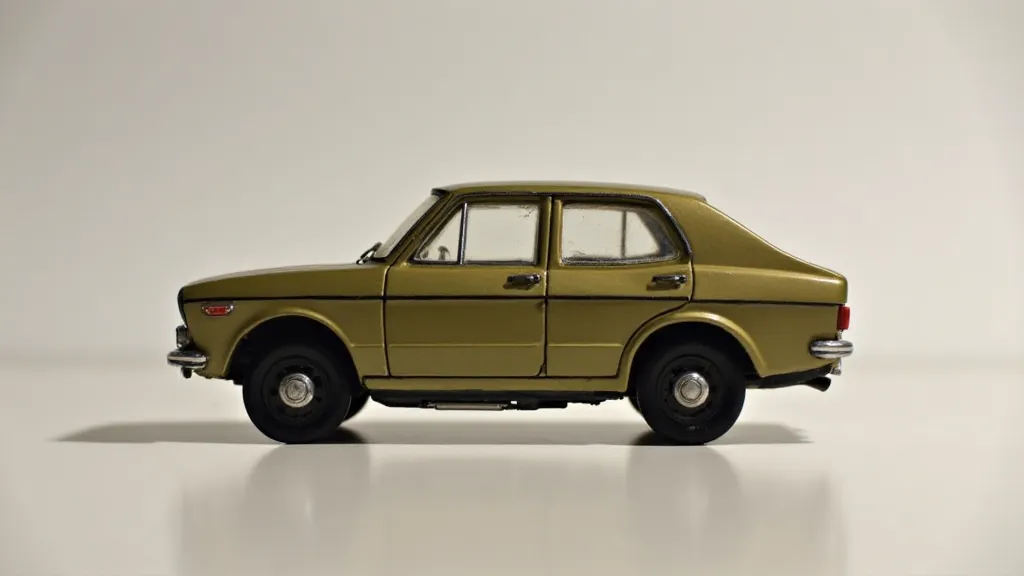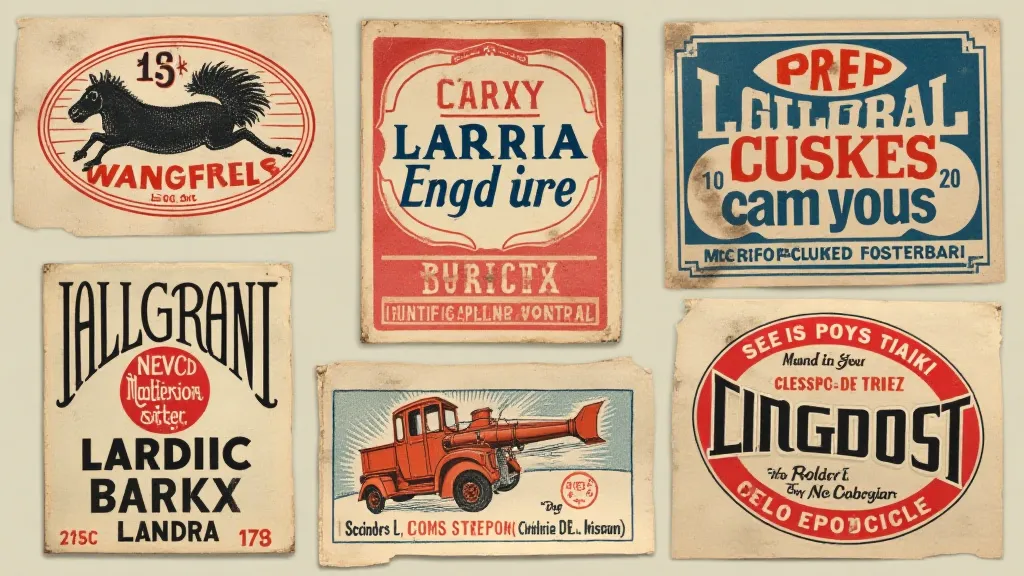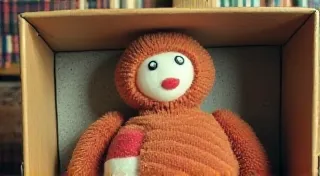Understanding Vintage Toy Markings: What They Tell You
For collectors of vintage toys, a deep appreciation extends beyond the aesthetic appeal and the wave of nostalgia they evoke. It's about understanding their history, their provenance, and what makes each piece unique. One of the most critical skills in vintage toy collecting is the ability to decipher markings – those often-overlooked stamps, molds, and labels that hold a wealth of information about a toy’s age, origin, and sometimes even its value. This article will delve into the world of vintage toy markings, providing a guide to identifying and interpreting these valuable clues.
Why Markings Matter: More Than Just a Stamp
Vintage toy markings aren’t just random symbols. They are a combination of manufacturer’s marks, patent dates, country of origin indicators, and even mold numbers. Each element can contribute to a more complete picture of a toy’s history. Here’s why understanding these markings is so important:
- Authenticity Verification: Many reproductions and fakes exist in the vintage toy market. Markings can be a key indicator of authenticity. A missing or altered marking is a red flag.
- Dating a Toy: Patent dates, copyright symbols, and even the style of the marking itself can help narrow down a toy’s production timeframe.
- Identifying the Manufacturer: Knowing the manufacturer is crucial for understanding the toy's design, materials, and overall quality. Some manufacturers are highly sought after.
- Determining Origin: Markings often reveal the country where the toy was manufactured, a vital detail for collectors interested in specific regions or production processes.
- Assessing Value: Certain markings, particularly those associated with rare or highly desirable manufacturers, can significantly impact a toy’s value.
Common Types of Vintage Toy Markings
Let's break down the most common types of markings you're likely to encounter on vintage toys:
1. Manufacturer’s Marks
These are the most straightforward markings and directly identify the company that produced the toy. Common examples include:
- Marx: A dominant force in the mid-20th century, Marx toys are easily identified by their “Marx” stamp.
- Ideal: Known for Shirley Temple dolls and other popular toys, Ideal's markings are distinct.
- Mattel: The makers of Barbie and Hot Wheels, Mattel’s markings are instantly recognizable.
- Lionel: Primarily known for model trains, Lionel also produced other toys with their trademark stamp.
- Tonka: Famous for their durable metal trucks, Tonka's markings are clear and often embossed.
It's important to note that manufacturer's marks can evolve over time. A toy produced in the 1950s might have a different marking than one produced in the 1970s. Collectors often find themselves engrossed in learning about these subtle changes, mirroring a fascination with the golden age of toy advertising – the posters and catalogs that once captivated audiences. Discovering the nuances of these promotional materials alongside the toys themselves can deepen the collecting experience; you can learn more about that fascinating era here.

2. Patent Dates
Patent dates indicate when a toy's design was legally protected. They provide a definitive lower bound on when a toy could have been produced. For example, a toy with a patent date of 1952 couldn't have been made before that year. However, it doesn't necessarily mean the toy *was* made in 1952 – production could have been delayed or continued for several years.
3. Copyright Symbols and Dates
Copyright symbols (©) and dates protect the intellectual property of the toy's design and characters. These markings are particularly relevant for toys featuring licensed characters or artwork.
4. Country of Origin
Markings indicating the country of origin – often abbreviated as “Made in USA,” “Made in Japan,” or “Hong Kong” – provide insights into manufacturing locations. The shift in manufacturing locations over time reflects changes in global economics and production costs. The move to different countries often dictated the materials used and the overall design aesthetic of the toys. A deeper understanding of this process is essential for serious collectors. For those fascinated by vintage rubber toys, observing how manufacturing shifts impacted material choices and design is particularly revealing; you can explore that subject here.
5. Mold Numbers
Mold numbers are often found on plastic toys and indicate the mold used to create the toy. While not always directly informative on their own, they can be useful for identifying variations within a production run or for researching specific manufacturing processes. Identifying mold numbers is more of an advanced technique.
6. Union Labels
Toys manufactured before stricter safety regulations were in place often have union labels. These indicate the toy was made by a unionized workforce, and can sometimes impact value, particularly for collectors interested in labor history.

Deciphering the Evolution of Markings
Understanding how markings changed over time is crucial for accurate dating. For example:
- Early Post-War Era (1945-1960): Many toys were manufactured in the United States or Japan. Markings were often simple and straightforward.
- 1960s & 1970s: Increased manufacturing in Hong Kong became common. Markings often included both the manufacturer's name and "Made in Hong Kong."
- 1980s & 1990s: Manufacturing shifted to China and other countries. Markings often became more complex, including multiple logos and barcodes.
The transition of manufacturing hubs significantly impacted not only the markings but also the collectability of toys. Certain eras, particularly the golden age of Japanese manufacturing, are highly sought after, driving up prices and creating a vibrant collector's market. The inherent challenges in verifying authenticity during these fluctuating periods highlight the importance of in-depth knowledge and a keen eye for detail.
Resources for Identifying Markings
Identifying vintage toy markings can be challenging, but several resources can assist collectors:
- Online Forums and Communities: Numerous online forums and social media groups are dedicated to vintage toy collecting. These communities often have experts who can help identify markings.
- Reference Books and Catalogs: Specialized reference books and original toy catalogs provide valuable information about manufacturers, markings, and production timelines.
- Auction Sites and Price Guides: Auction sites like eBay can provide examples of marked toys and price information, while price guides offer insights into the market value of marked items.
- Museum Archives: Some museums and historical societies have archives related to toy manufacturing, which can provide valuable insights into markings and production processes.
While online resources are plentiful, the depth of knowledge available from experienced collectors and dedicated forums is invaluable. These communities often serve as a living library of information, with members sharing their expertise and helping newcomers navigate the intricacies of vintage toy identification. Furthermore, for collectors specializing in specific toy types, such as Barbie dolls, the task of authentication is often paramount. The journey of understanding vintage Barbie markings is a complex and rewarding one; you can learn more about identifying and valuing those iconic dolls here.

Beyond Identification: The Collector’s Mindset
For the dedicated vintage toy collector, identifying markings is more than a technical exercise; it's a window into the past, a connection to the history of play, and a testament to the ingenuity of toy designers and manufacturers. Each marking tells a story, revealing the time and place of the toy's creation and the economic and social forces that shaped its production. It's a journey of discovery that combines intellectual curiosity with a passion for nostalgia.
Building a successful vintage toy collection requires not only a keen eye for detail but also a clear focus. Specializing in a particular era, manufacturer, or toy type can significantly enhance your collecting experience and allow you to develop a deeper understanding of your chosen niche. Focusing your efforts can transform collecting from a hobby into a true passion; learn more about building a focused collection and taking your hobby to the next level.
Conclusion
The seemingly insignificant markings on vintage toys hold a wealth of information for collectors. By understanding these clues – manufacturer’s marks, patent dates, country of origin indicators, and mold numbers – you can unlock the history of these cherished pieces. The ability to decipher these markings not only enhances your appreciation for vintage toys but also serves as a valuable tool for authentication, dating, and assessing their value. Happy collecting!





